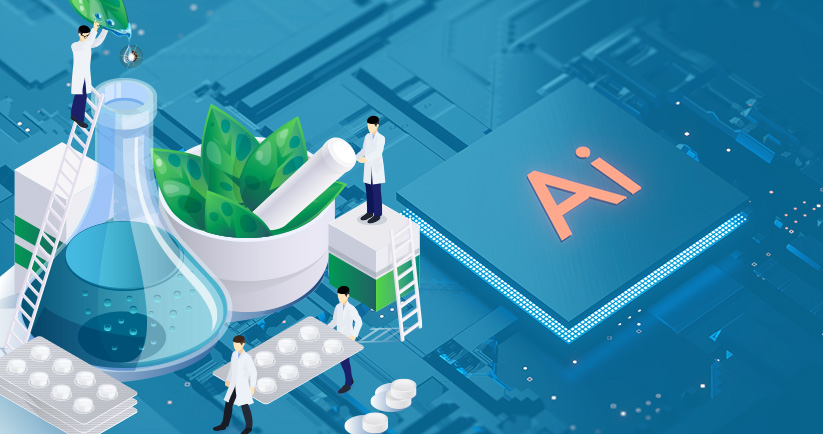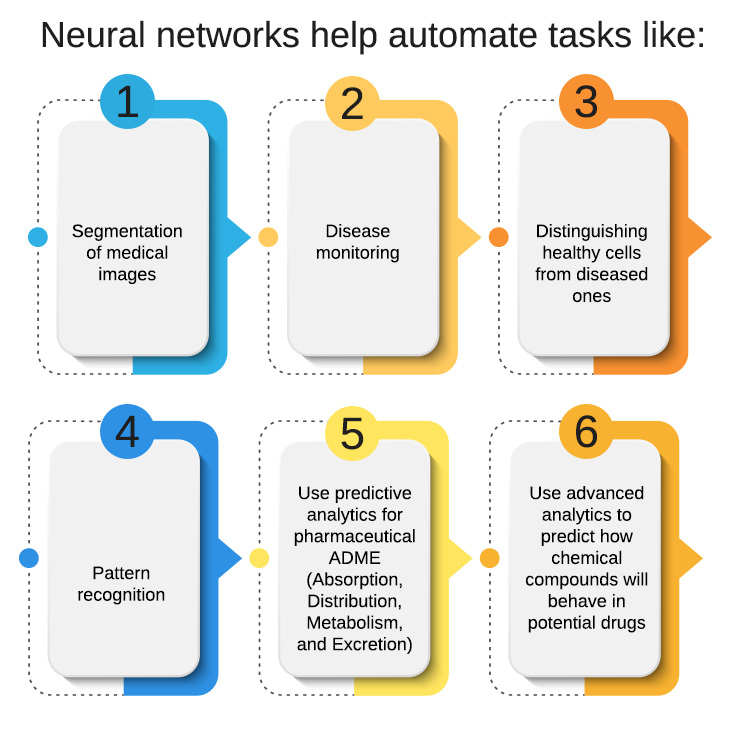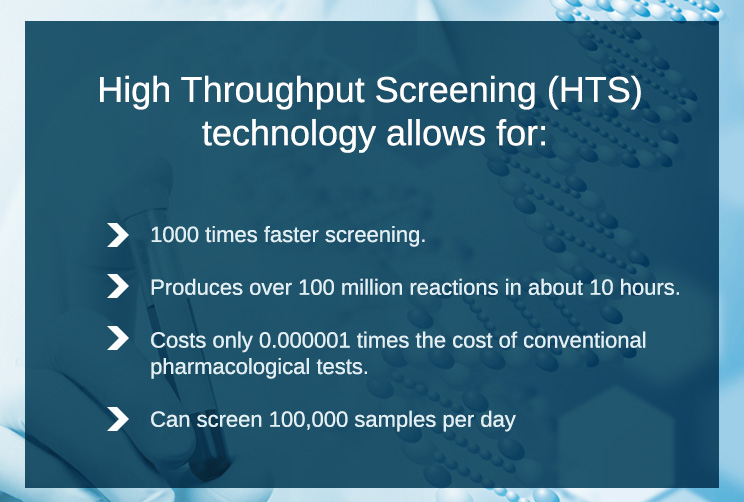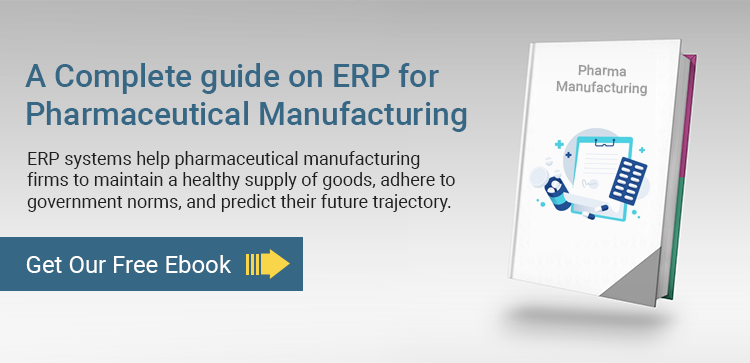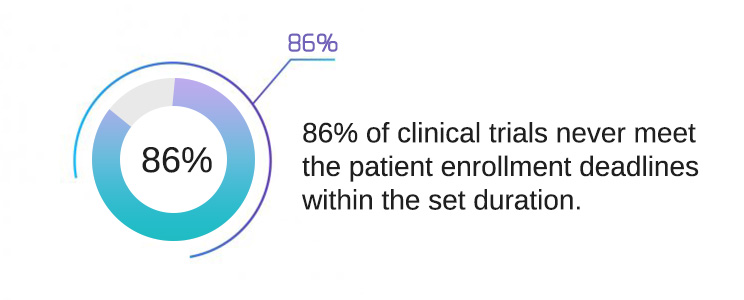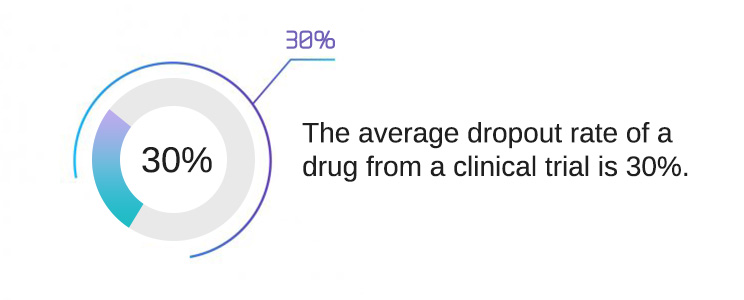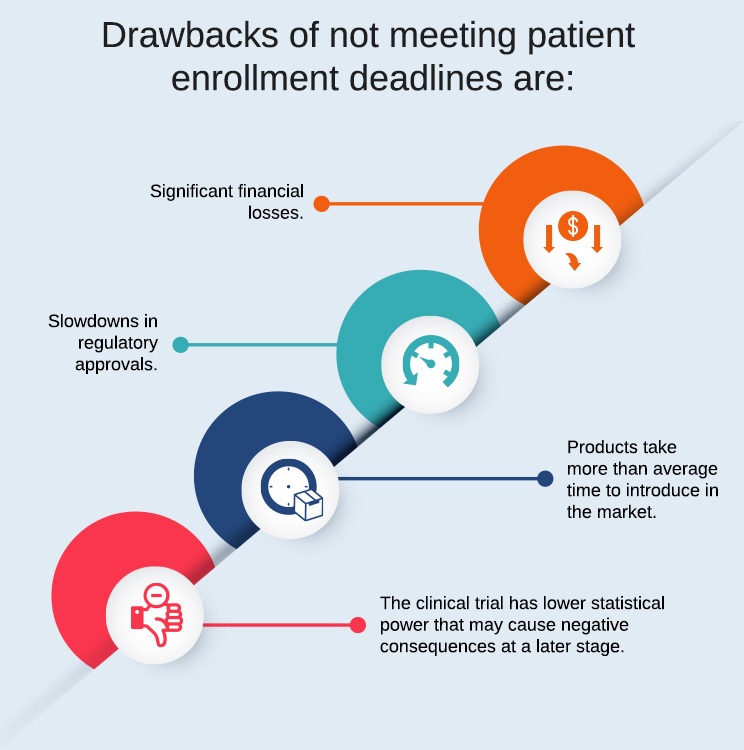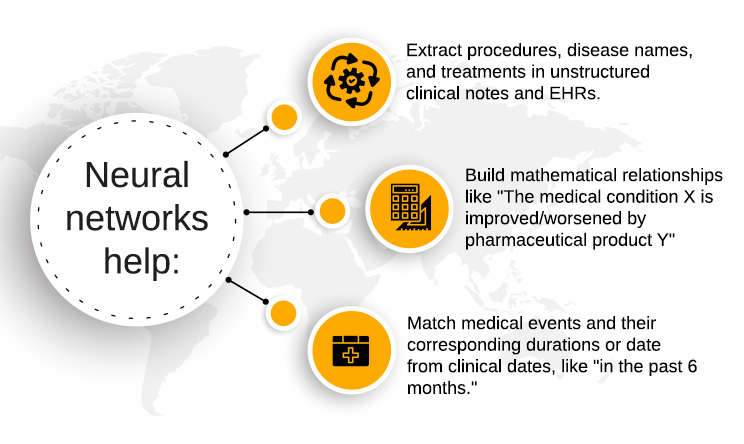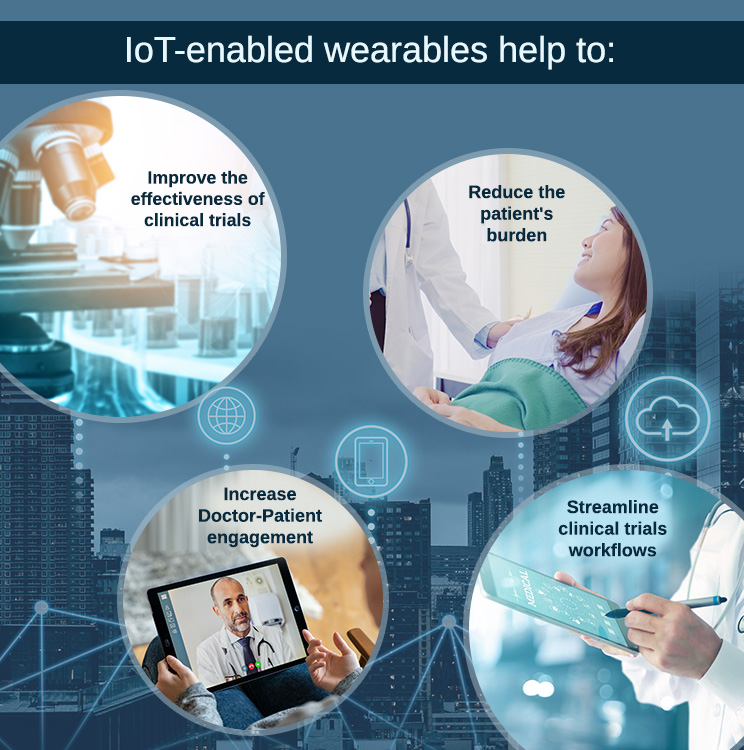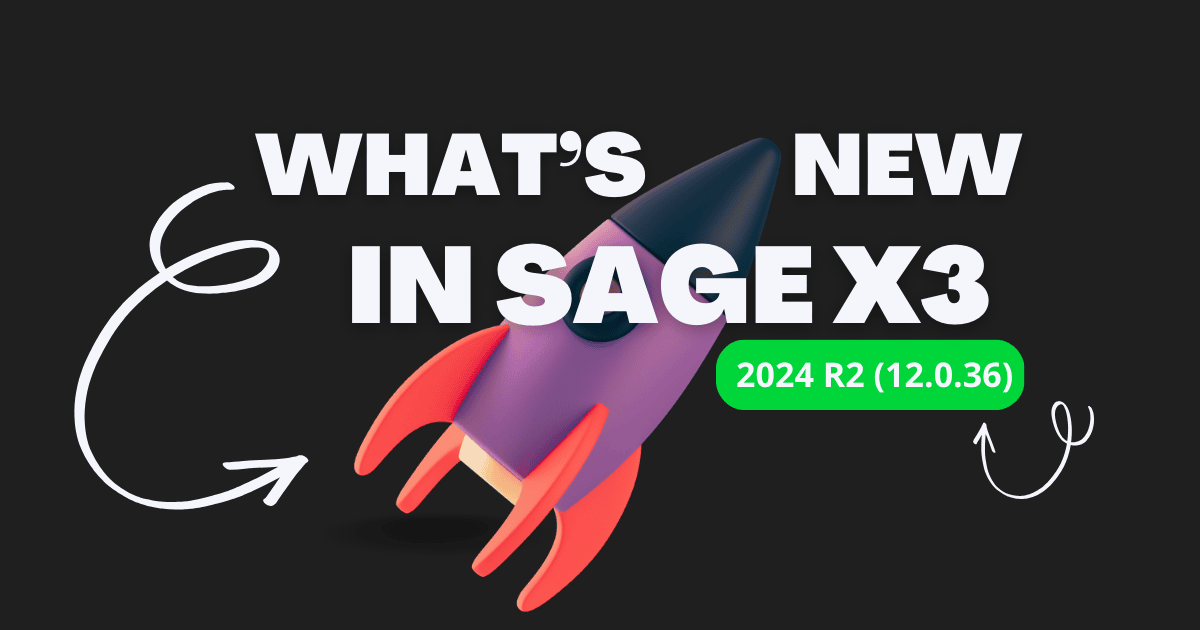Summary: Since time immemorial, humans have been struggling to develop medical cures for different illnesses and infections. In the past, we made use of animal cells and plant-derived extracts to treat diseases. Fast forward to today, digital technology has entirely changed the drug discovery and drug development process. Pharmaceutical companies are using Industry 4.0 technologies like Natural Language Processing (NLP), Machine Learning (ML), Artificial Intelligence (AI), evolutionary algorithms, IoT, and wearables to optimize workflows, automate routine tasks, and significantly speed up the drug discovery process.
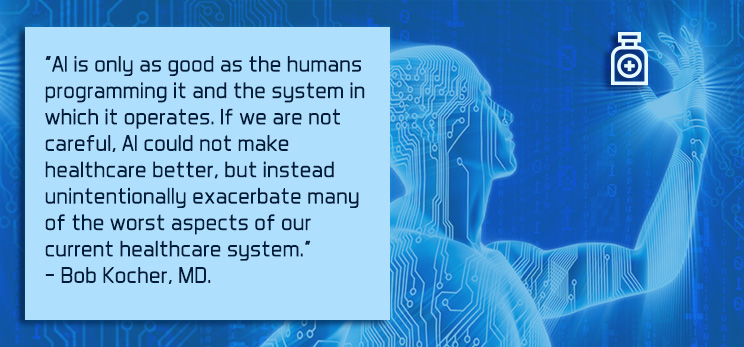
How data and AI accelerate digital transformation in pharma enterprises by augmenting drug discovery?
Do you know that as per Eroom’s law, drug development costs double every 9 years? If you look at the costs associated with developing new drugs, you will find that less than one-third, 31.8% to be precise, of all pre-clinical studies, enter phase one of a clinical trial. Another mind-boggling fact is that it takes about 10 years to complete the drug development cycle that may cost somewhere around USD 2 billion.
The discovery of new chemical compounds is a multi-step process that evaluates thousands of existing chemical compounds against novel disease-related targets. Various digital transformation technologies are used to speed up searching for suitable chemical compounds, such as neural networks, genetic programming, high-throughput screening (HTS), and knowledge graphs.
Neural networks for drug discovery
Artificial intelligence (AI) has finally gained a firm footing across industries. The most significant credit goes to scientists who created artificial minds based on the functioning and working of the biological mind. Moreover, digital solutions and modern-day machines have reached a stage where they can interpret massive amounts of new and historical data, including texts, audios, and videos, and derive valuable insights. The best part is that healthcare professionals can employ digital tools for data collection and benefit from a large quantity of data.
Earlier, developing machine learning algorithms was a challenging task. It entailed developing feature extractors that modified raw biomedical data into understandable representation, from which ML algorithms could extract patterns. Fast forward to today, the pharmaceutical industry is using deep learning algorithms that process raw data to produce its representation for recognizing patterns. There are various benefits of using deep learning algorithms, such as:
a. They can be scaled to big datasets.
b. They can process highly complex functions.
c. They improve with data.
The deep learning technology is further used to predict the chemical properties of compounds. Pharmaceutical manufacturing companies also use deep learning to perform vectorized representation of molecules that reduce time spent in the drug discovery phase. Machine learning also decreases drug failure rates during clinical trials that make it a cost-effective tool.
Neural networks are another example of how data and AI accelerate digital transformation in pharma companies. They automate tasks like:
a. Segmentation of medical images
b. Disease monitoring
c. Distinguishing healthy cells from diseased ones
d. Pattern recognition
e. Use predictive analytics for pharmaceutical ADME (Absorption, Distribution, Metabolism, and Excretion)
f. Use advanced analytics to predict how chemical compounds will behave in potential drugs
Role of evolutionary algorithms and genetic programming for drug development
Genetic programming identifies necessary chemical compounds essential for drug discovery. These algorithms reduce the time required for finding the needed molecules that accelerate the process of reaching the stage of animal and human clinical trials. Biopharma scientists can apply deep learning algorithms during the early drug discovery stages to identify which molecules have high ADMET (absorption, distribution, metabolism, excretion, and toxicology) properties. Molecule representations based on quantum chemical calculations allow assessing the compound properties to understand how these molecules may act inside the body.
How do knowledge graphs help identify compounds?
In 2020, COVID-19 disrupted businesses worldwide. Companies with branches spread across the world were the most affected as they had to halt all their business operations. Knowledge graphs provide a viable solution to stop the carnage of similar incidents in the future.
But what are knowledge graphs?
Knowledge graphs are heaps of critical data collected from scientific literature available across proprietary biomedical data sources. Data scientists can use these structured medical repositories to collect, consolidate, structure, and extract necessary information. Knowledge graphs and natural language processing help transform unstructured raw medical data into interconnected and contextualized representations of critical information.
Knowledge graphs played a substantial role in identifying the potential treatment of COVID-19 by determining what approved medicines can be most helpful in curbing the spread of the virus based on raw medical data analysis. It helped stop the disease’s progression and halt the “cytokine storm,” which is an overreaction of the immune system. Knowledge graphs played a crucial role in identifying medicines that could stop the virus from infecting the lungs.
How data and AI accelerate digital transformation in the pharmaceutical industry by using virtual compound screening?
Earlier, the compound screening process involved random screening and empirical observations that made it less efficient and slow. Today, digital transformation has helped develop High Throughput Screening (HTS) technology that allows for:
a. 1000 times faster screening.
b. Produces over 100 million reactions in about 10 hours.
c. Costs only 0.000001 times the cost of conventional pharmacological tests.
d. Can screen 100,000 samples per day
Current advances in artificial intelligence and machine learning are improving the quality and outcomes of HTS compound analysis by allowing for the collection and analysis of complex data in the shortest duration.
The critical trends shaping HTS are:
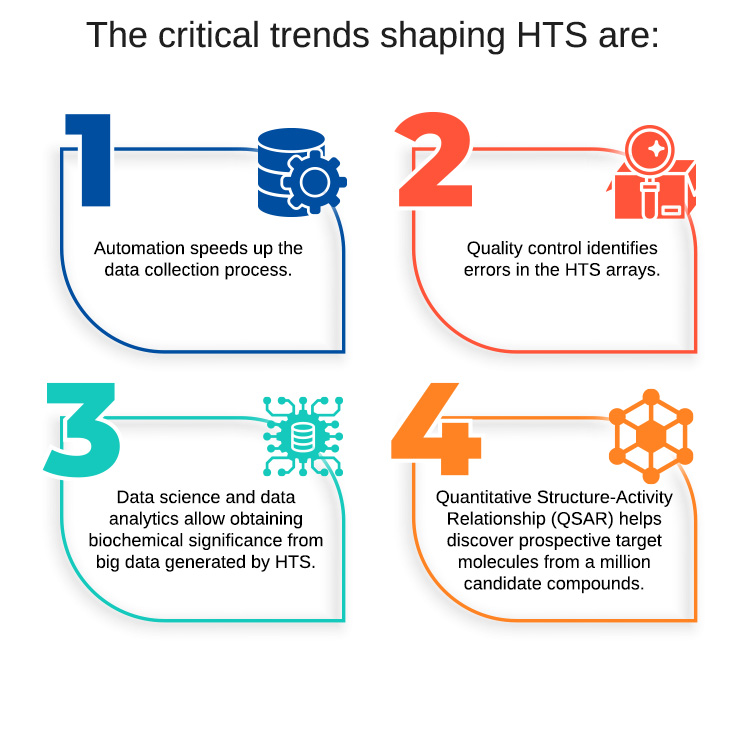
b. Quality control identifies errors in the HTS arrays.
c. Data science and data analytics allow obtaining biochemical significance from big data generated by HTS.
d. Quantitative Structure-Activity Relationship (QSAR) helps discover prospective target molecules from a million candidate compounds.
How data and AI accelerate digital transformation in the pharmaceutical industry by using cloud computing?
Cloud computing is helping companies across industries to write their success stories. The same holds for the life sciences industry, where cloud computing allows for data governance by providing access to real-time data and integrating new tools and workflows.
The best cloud computing application in the pharma industry is high-throughput molecular dynamics and conducting virtual compound screenings. On average, it takes a few weeks or months to perform virtual compound screening using central processing units (CPUs) in regular performance computing environments. On the other hand, cloud resources accelerate clinical research as they finish the process within a few hours or days.
Another reason why healthcare providers can significantly benefit from cloud-based solutions is their cost-efficiency. They can be scaled up or down based on the computational demands required for clinical trials and help reduce costs.
Another benefit that the life sciences industry obtains by using cloud computing is agility. This feature helps pharma companies fix issues faster as cloud servers allow specialists to work remotely to perform time-consuming recovery issues from anywhere instantly. At the same time, cloud vendors also provide full backup of available data, thereby helping to maintain data integrity.
Also Read: How is Sage X3 helping Pharmaceutical Manufacturing Industries?
How data and AI accelerate digital transformation in the pharmaceutical industry are empowering clinical trials?
Do you know that:
a. 86% of clinical trials never meet the patient enrollment deadlines within the set duration.
b. The average dropout rate of a drug from a clinical trial is 30%.
There are various drawbacks of not meeting patient enrollment deadlines, such as:
a. Significant financial losses.
b. Slowdowns in regulatory approvals.
c. Products take more than average time to introduce in the market.
d. The clinical trial has lower statistical power that may cause negative consequences at a later stage.
How to get rid of low patient enrollment?
The best solution to this problem is to get in touch with influential doctors who can source eligible patients that fit the study inclusion criteria. New technologies like natural language processing and data science help find investigator-influencers that enable locating an adequate number of patients for a clinical trial.
NLP processes natural language that infers meaning from texts and words. They transform raw medical data in the early stages of the research to provide crucial intelligence to decision-makers, such as:
a. Identifying influencers within the group of researchers in their field of interest.
b. Assessing the possibility of carrying out the clinical trial at the desired location.
c. Ensuring compliance with budget and trial deadlines.
NLP and social graphs allow pharma companies to detect connections between doctors that are already involved in particular research and which ones can be invited to provide a helping hand.
How data and AI accelerate digital transformation in the pharmaceutical industry by predicting patient outcomes from electronic health records?
In the past decade, the adoption of electronic health records (EHRs) has risen sharply. It’s because of the multiple benefits they provide, such as:
a. Enhancing workflow efficiency
b. Reducing errors
c. Refining healthcare coordination
Since the digitization of health records began, a significant amount of medical data has been collected. This data includes information regarding multiple patient encounters, such as:
a. Diseases
b. Medications
c. Laboratory tests
d. Clinical procedures
Initially, medical institutions used these data points for administrative and billing tasks only. But soon, pharma enterprises began using them for secondary pre-processing. Machine learning algorithms play a vital role in leveraging information-rich raw data in EHRs. For example, clinical notes contain unstructured data that may contain essential information, such as discharge summaries and admission notes.
Also Read: Eye Opener: Don’t run a Pharmaceutical Manufacturing business without implementing an ERP Solution
Large-scale recurrent neural networks (RNNs) show positive results by combining structured and unstructured data for semi-supervised learning. Neural networks help:
a. Extract procedures, disease names, and treatments in unstructured clinical notes and EHRs.
b. Build mathematical relationships like “The medical condition X is improved/worsened by pharmaceutical product Y”
c. Match medical events and their corresponding durations or date from clinical dates, like “in the past 6 months.”
The most important benefit of processing EHRs with deep learning and NLP techniques is to predict patient outcomes. There are two types of outcome predictions, namely:
a. Temporal patient outcome prediction: Predicting the outcome in a particular duration based on time series data. For example, predicting patient readmission rate after hospital discharge.
b. Static patient outcome prediction: These involve predicting heart failures, hypertension, bone disease risk factors, and heart failures.
How data and AI accelerate digital transformation in the pharmaceutical industry through wearables for remote patient monitoring?
New technologies such as wearables have opened up new horizons for the pharma and life sciences industry.
They help make 80% faster decision making and lead to 90% reduced troubleshooting for the IT department.
Wearables are significantly helping reduce healthcare costs and allow medical institutions to provide personalized healthcare to patients. IoT wearable devices and cloud software can be used to monitor the patients’ vital signals and send automatic alerts to doctors to avoid medical emergencies. Moreover, even the patients’ relatives can ensure their well-being by conveniently monitoring health remotely.
Next in line are voice assistants that are creating ripples in the medical world. Do you know that doctors spend nearly 6 hours out of an 11 hour workday in the EHR documentation process? It can lead to severe exhaustion and also reduce the time spent with patients. Voice assistants play an essential role in reducing the documentation process for doctors by transcribing patient visits. The best part is that neural networks allow translating the speech in one language to text in another.
Moreover, IoT-enabled wearables are also allowing virtual clinics to pop up. They help to:
a. Improve the effectiveness of clinical trials
b. Increase Doctor-Patient engagement
c. Reduce the patient’s burden
d. Streamline clinical trials workflows
According to the Contemporary Clinical Trials Communications survey, 81% of patients were ready to participate in a mobile clinical trial compared to 51% who were willing to participate in traditional clinical trials. The study further revealed that digital technologies like mobile phones, wearables, and ingestible sensors improve customer satisfaction and engagement.
Conclusion
The new normal is here. And you must consider the changing customer preferences and market conditions while brainstorming future investments and strategizing business processes. Data and AI accelerate digital transformation in Pharma enterprises that allows for remote monitoring of patients’ biological activity, evolutionary algorithms for drug development, and accelerating medical innovation. Planning, setting, configuring, integrating, and deploying technological software solutions is necessary for getting the long-term benefits of digital transformation. To provide the best health services to patients and compete with other healthcare providers, medical institutions need to aggregate several features like NLP, evolutionary algorithms, knowledge graphs, data analytics, machine learning, AI, genetic sequencing, automation, and bioengineering together.
The first step towards implementing these technologies is Enterprise Resource Planning (ERP) software. ERP system will allow you to integrate and perform processes remotely and ensure top-notch services like manufacturing medical devices, developing precision medicine, monitoring patients’ vitals, adhering to government guidelines, and much more.
At Sage Software Solutions (P) Ltd., we are home to world-class ERP software and CRM software that will solidify your business tech support fundamentals and enable you to build a customer-centric organization. You can also write to us at sales@sagesoftware.co.in.
If you liked this article, don’t forget to share the link with your friends. Also, follow us on:
Disclaimer: All the information, views, and opinions expressed in this blog are those of the authors and their respective web sources and in no way reflect the principles, views, or objectives of Sage Software Solutions (P) Ltd.
